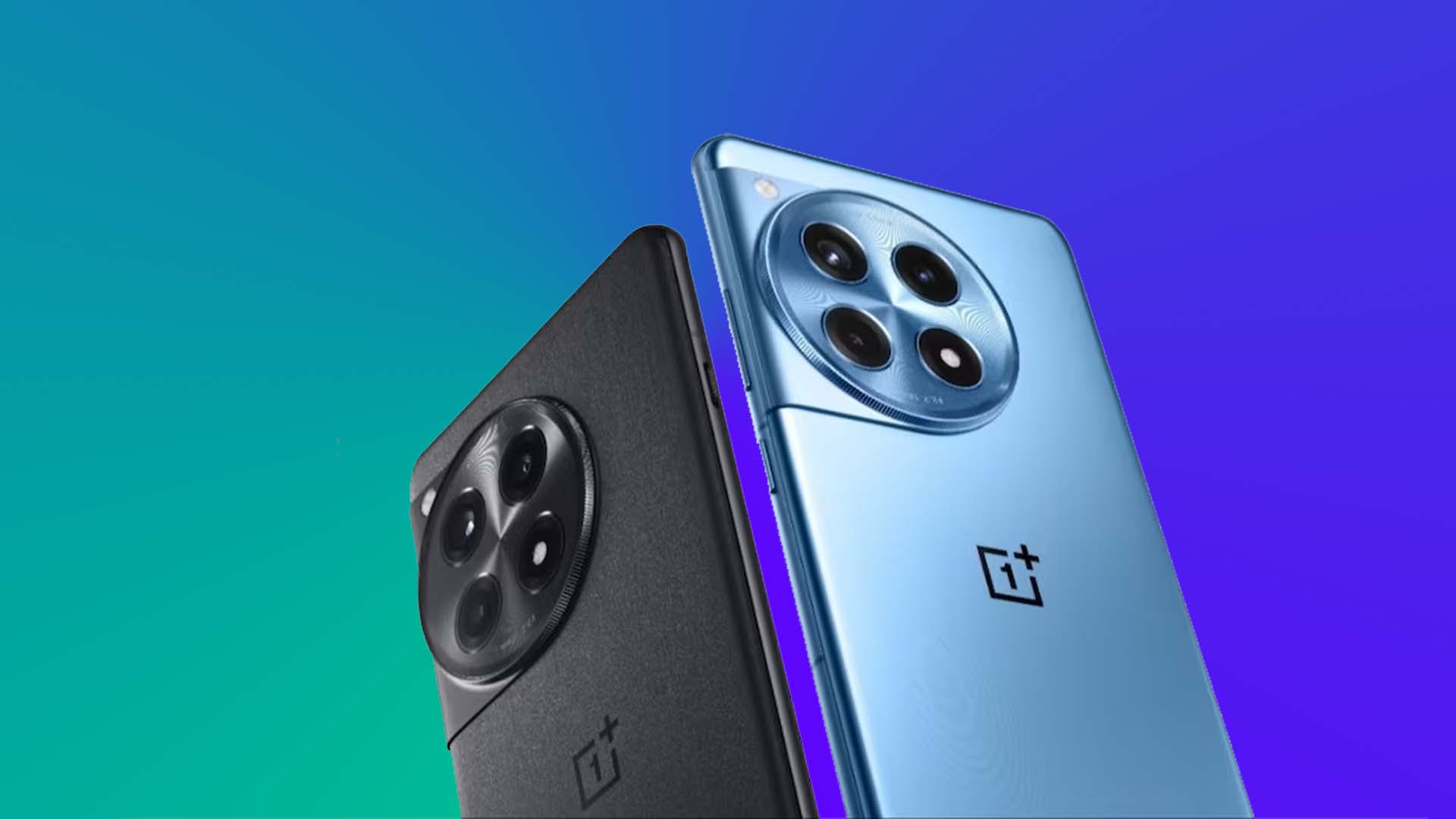The launch of the OnePlus 12R sparked considerable excitement, with promises of a powerful processor, sleek design, and the latest UFS 4.0 storage standard, offering faster read and write speeds. However, what ensued was a narrative rife with confusion, controversy, and ultimately, disappointment for many consumers.
Launch Excitement and Subsequent Controversy: On January 23, 2024, OnePlus unveiled the 12R, highlighting its features, notably the UFS 4.0 storage across all variants. This detail resonated with tech enthusiasts who prioritize cutting-edge technology and performance.
Shortly after the release, questions emerged regarding the actual UFS version utilized. Benchmark tests revealed speeds significantly below expectations for UFS 4.0, leading to suspicions of a discrepancy between advertised and actual specifications. This fueled allegations of misleading marketing and false advertising against OnePlus.

Significance of UFS Version: The UFS version directly influences performance, impacting areas such as app launches, multitasking, file transfers, and gaming experiences. UFS 4.0 offers substantial improvements over UFS 3.1, providing users with a more responsive and superior overall experience.
OnePlus Clarification and User Response: On February 12, 2024, OnePlus acknowledged the error, with President and COO Kinder Liu admitting that certain variants were mistakenly listed as having UFS 4.0 storage. He clarified that all 12R models actually utilize UFS 3.1, augmented by the proprietary “Trinity Engine” software.
While OnePlus argued that UFS 3.1 with Trinity Engine delivers comparable performance, many users felt deceived. The discrepancy in speed, regardless of its marginal nature, significantly influenced their purchasing decisions. Some users demanded compensation or returns, while others expressed disappointment and a loss of trust in the brand.
Beyond the Hype: The UFS issue overshadowed the 12R launch, leaving a negative impression on potential buyers. It underscored the importance of transparency and accuracy in marketing, particularly for tech-savvy consumers who rely on advertised specifications to make informed decisions.
Furthermore:
The situation was exacerbated by the fact that the China variant of the 12R (OnePlus Ace 3) did indeed utilize UFS 4.0 storage, adding to the confusion and frustration among global customers. Certain users reported slower performance and app loading times compared to other UFS 3.1 devices, raising doubts about the efficacy of the “Trinity Engine” software. The controversy also raised concerns about OnePlus’s quality control and internal communication processes.
Conclusion: The OnePlus UFS controversy serves as a cautionary tale for manufacturers. While hype and cutting-edge technology can attract customers, inaccurate information and misleading marketing can erode trust and tarnish reputation. The 12R had the potential for success, but the UFS issue left a lasting negative impact on the launch and continues to affect the brand’s image.



